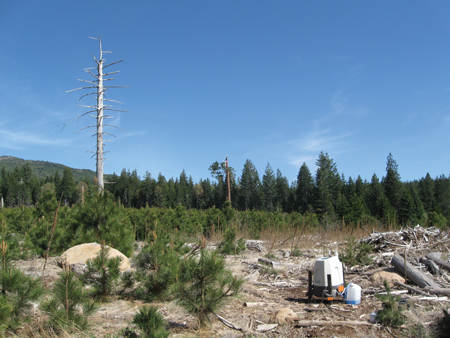 Demonstrating Traceability and Proving Accuracy of a Lidar-Only Methodology
Demonstrating Traceability and Proving Accuracy of a Lidar-Only MethodologyA recent industry poll of almost 1,000 wind industry professionals reported that the remote sensing device (RSD) ‘lidar’ was being used standalone, i.e. without any additional on-site met masts or anemometry, in simple terrain for wind resource assessment in the development of wind energy projects by almost two-thirds of those responding. Much of this confidence can be traced back to the DNV GL ‘Stage 3’ statement in the roadmap for RSDs that allows for a standalone ZX 300 Wind Lidar, since October 2012, to be used in this way. In comparison, when considering the use of any lidar in complex terrain, less than one-third of those responding reported using the lidar standalone; instead, it would be complemented by additional on-site anemometry such as a met mast. In order for the industry to take advantage of the many additional benefits that lidars provide, the challenge was set: how can we as an industry demonstrate the traceability and prove the accuracy of a lidar-only methodology in complex terrain?
By Tristan Clarenc, Johannes Cordes, Alex Woodward, Scott Wylie










